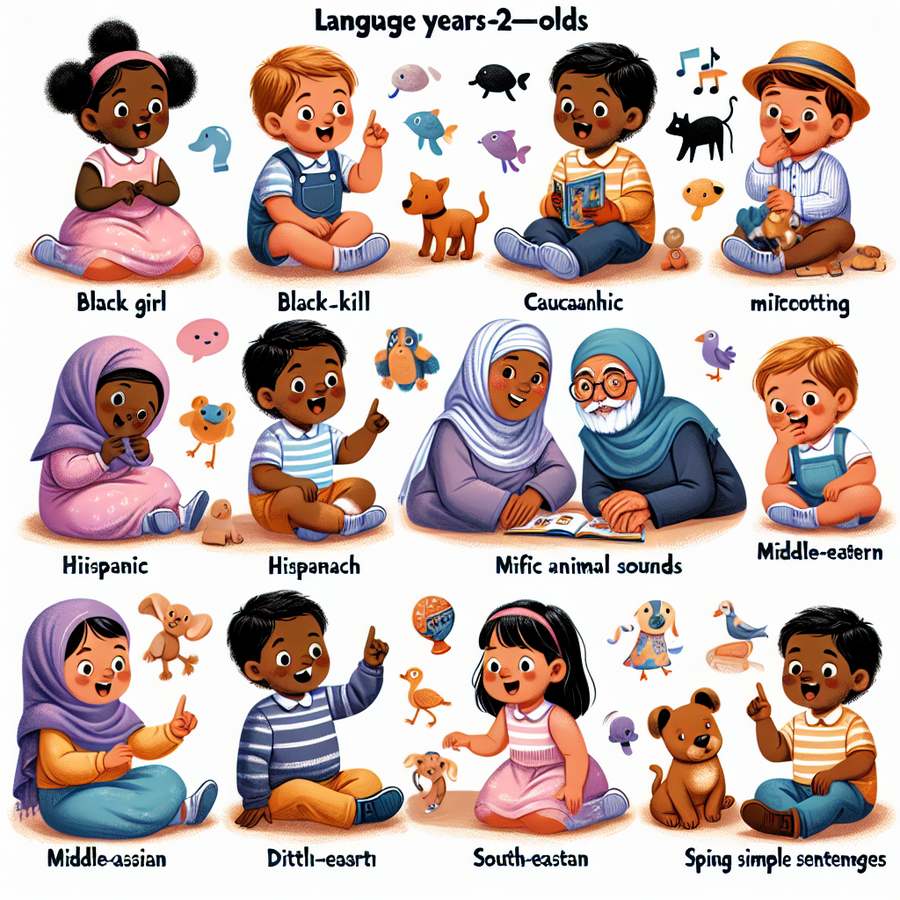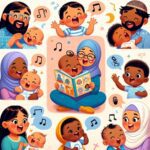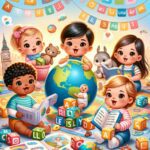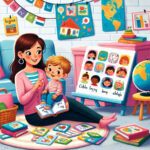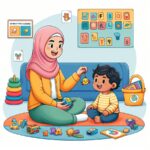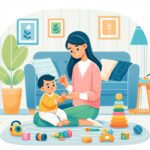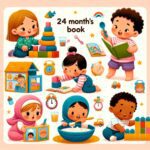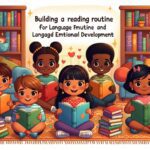Understanding language development milestones for 2-year-olds is crucial for parents and caregivers to ensure children are on track and to identify ways to support their growth. This developmental stage is filled with rapid changes and achievements, marking a significant period for linguistic skills that lay the foundation for future communication abilities.
The Journey of Language Development in Toddlers
By the age of two, children are at a pivotal point in their language development, often surprising those around them with their growing vocabulary and ability to form simple sentences. This period is characterized by an explosion of words, where toddlers begin to rapidly expand their vocabulary, learning new words daily.
It’s not just about vocabulary; understanding grammar and the rules of language starts to take shape. Children begin to experiment with combining words to express more complex ideas and requests, moving beyond simple noun-verb sentences. This builds a crucial foundation for later literacy and educational success. For more insights into supporting language development in the early years, consider reading about stimulating language development in infants under 6 months.
Language Development Milestones for 2-Year-Olds
At this stage, children should be hitting certain language development milestones for 2-year-olds. These milestones include a vocabulary of at least 50 words, the ability to combine two words to form simple sentences, and the beginning of using pronouns like ‘I’, ‘me’, ‘you’. They also start to follow simple instructions and understand a wider range of words than they can express.
To get a comprehensive understanding of what to expect at different stages of your child’s development, explore our milestone checklists for the first 24 months. Recognizing these milestones early on is key to supporting your child’s language development effectively.
Supporting Language Development at Home
Encouraging language development milestones for 2-year-olds at home can be both fun and impactful. Engaging in daily reading sessions is a powerful tool for language development. Reading not only introduces new vocabulary but also helps children understand narrative structures and encourages them to imagine and ask questions. For tips on building a reading routine, click here.
Conversation is another critical element. Talk to your child throughout the day about what you’re doing, what they’re doing, and what they see around them. This constant engagement fosters their understanding and use of language. Additionally, singing songs and nursery rhymes can boost memory and attention to the sounds of words, further supporting language development.
Understanding and supporting language development milestones for 2-year-olds are essential steps in nurturing a child’s growth and development. By recognizing these milestones, parents and caregivers can provide targeted support to help their children thrive linguistically, socially, and academically. With patience, creativity, and consistent effort, you can play a pivotal role in your child’s language development journey.
For further information on how to support your child’s development, consider exploring resources on promoting gross motor skills, encouraging self-feeding skills, and introducing sign language to enhance communication.

